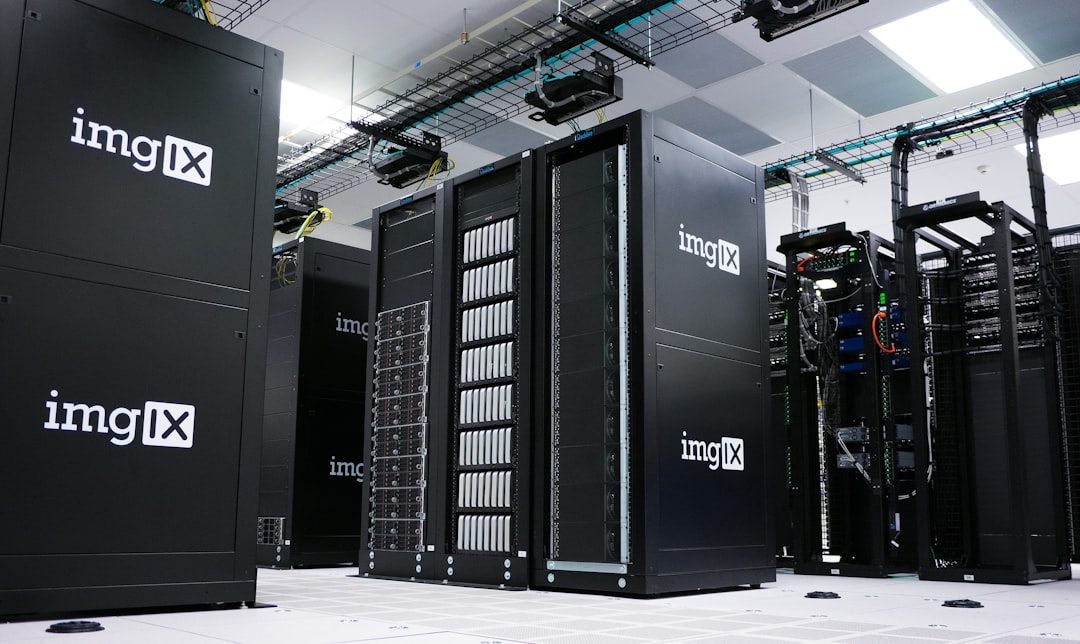When embarking on the journey of building a website, WordPress often stands out as a go-to platform due to its flexibility, scalability, and user-friendly interface. But before you dive into designing your homepage or installing plugins, it’s crucial to understand a less glamorous, yet profoundly important aspect: ownership. Who really owns your WordPress site? What components are under your control, and which are dependent on third parties? Grasping these factors is key to safeguarding your business, your data, and your intellectual property.
The Two Flavors of WordPress
First and foremost, it’s important to differentiate between WordPress.com and WordPress.org. These two are often confused, but they have fundamentally different implications when it comes to ownership and control.
- WordPress.com: This is a hosted solution, meaning your website is stored on WordPress’s own servers. It manages most of the technical aspects for you, including security, backups, and performance tuning. The trade-off is a lack of full control, especially in the free and lower-tier versions.
- WordPress.org: Often called “self-hosted” WordPress, this option allows you to download the software from WordPress.org and install it on your own hosting server. This gives you full control—and full responsibility—for your website.
If you value complete ownership and control, WordPress.org is your best bet. However, it comes with the burden of managing hosting, security, and maintenance yourself or with the help of a service provider.
Domain Ownership
Your site’s domain is its digital address and can be your most valuable online asset. When registering a domain, ensure that it’s registered in your name or your business’s name, not in the name of a developer or agency. Many unsuspecting business owners have found themselves held hostage by domains their developers registered under their own ownership.
To verify or transfer ownership of a domain:
- Check your domain registrar account details (common registrars include GoDaddy, Namecheap, and Google Domains).
- Use a WHOIS lookup tool to confirm the registered owner.
- Always enable domain lock and enable two-factor authentication for extra security.
You must retain access to your domain if you ever want to switch platforms, providers, or redevelop your website in the future.
Hosting Control and Access
Like the lease to your business premises, a hosting account is the space where your website “lives.” If you’re using a self-hosted WordPress.org installation, you’ll either be managing your own hosting or delegating it via a third-party provider.
Key considerations for hosting ownership include:
- Is the hosting account in your name? You should be the primary account holder or at least have full administrative access.
- Do you have FTP and cPanel access? These are necessary for deeper configurations, troubleshooting, and data retrieval.
- Are your backups automatically stored and accessible? Many hosts offer regular backups, but some require you to configure them manually.
Your website is only as secure as your access to hosting permits. Ensure you’re not locked out or overly dependent on a third party.

Theme and Plugin Licenses
Another area where ownership gets murky is with themes and plugins—components that dictate the look and functionality of your WordPress site.
When a developer sets up your website:
- Did they use a free or paid theme/plugin?
- If paid, did they buy the license under your business name or theirs?
- Are you receiving updates for that theme/plugin?
If a developer used their own developer license (common with agencies), you might lose access to future updates or support if you cease working with them. To avoid this, request that all premium licenses be acquired in your name or that you buy them directly and provide access to your developer.
Content Ownership
Content is king on the internet. This includes everything from blog posts and product descriptions to images and videos. Thankfully, you automatically own all content you create, unless explicitly stated otherwise in a contract.
To safeguard your content ownership:
- Use original content and licensed media.
- Have service agreements that specify you retain full ownership over all generated content.
- Regularly back up your media and text content externally.
Using copyrighted images or content not only risks ownership confusion but also possible legal issues down the line.

Admin Access and Permissions
One subtle but critical distinction in WordPress ownership is administrative access. In a WordPress site, there are several user roles—Subscriber, Contributor, Author, Editor, and Administrator. Only Administrators have full control over all site settings, themes, plugins, and user management.
You should always have at least one administrator-level user under your control. If you’re working with an agency or developer, request that they create separate administrator logins for you and them. This improves accountability and ensures you don’t get locked out.
If your site lives on WordPress.com, note that their plans place some limitations on user roles and advanced settings. Review their account tiers to ensure you are not restricted in managing your own site.
Legal Aspects of Website Ownership
When working with freelancers or web development agencies, it’s essential to have legally binding contracts that clearly delineate ownership rights. These should include clauses stating:
- You retain full intellectual property rights to the website and its data.
- All code, design elements, and content developed belongs to your business upon payment.
- Access to all accounts (hosting, domain registrar, WordPress admin) will be transferred to you upon project completion.
Never assume ownership is automatically transferred. Always put it in writing and get signatures.
What Happens If You Don’t Secure Ownership?
The consequences of not clearly defining website ownership can be severe:
- Loss of access to your domain or hosting if relationships with developers go sour.
- Ongoing costs for licenses or services you thought you owned.
- Legal complications if disputes arise over content or design elements.
- Inability to scale or modify your website due to access restrictions.
Being diligent upfront can save you the headache, cost, and risk of dealing with these issues later on.
Checklist for Ensuring Full Ownership
Before or after setting up your site, run through this checklist:
- Domain is registered in your name or business name.
- You have full administrative rights to your hosting account.
- You possess login credentials for WordPress with admin-level access.
- Your theme and plugin licenses are directly tied to you or your business.
- All content and media used are created by you or legally licensed.
- You have legal agreements with developers or agencies defining ownership terms.
Conclusion
Building a WordPress site goes far beyond choosing colors and writing compelling content. It’s a business decision that involves digital assets—assets that need to be protected just like physical property. Ensuring you own all components of your WordPress website empowers you with long-term autonomy and minimizes risk. By establishing clear contracts, keeping control of crucial accounts, and understanding your rights and responsibilities, you’re setting yourself up for sustainable success online.
Don’t let oversight during setup become a significant crisis later. Take ownership—literally and figuratively—of your WordPress website from day one.


